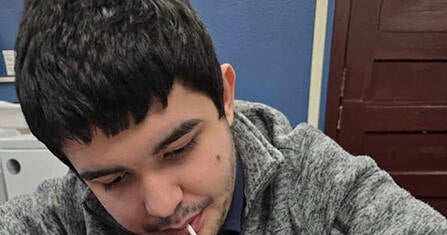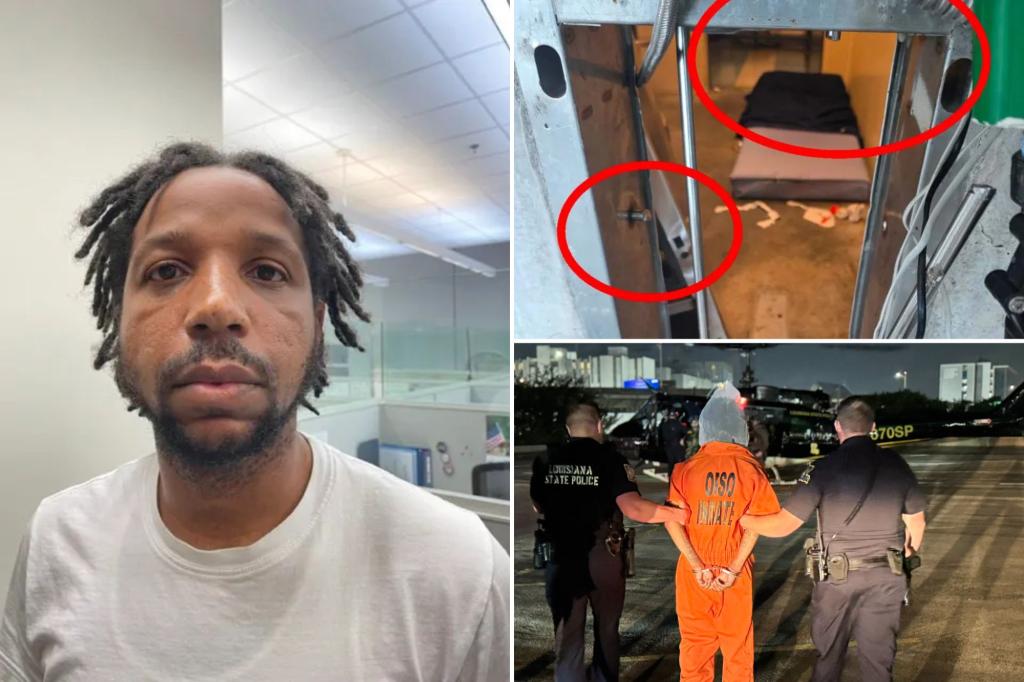Tragic Police Encounter: The Untold Story of an Idaho Autistic Teen’s Death
A 15-year-old autistic boy from Coeur d’Alene, Idaho, died in a fatal police encounter last Tuesday, sparking outrage and renewed debates about law enforcement interactions with neurodivergent individuals. The teen, identified as Ethan Whitmore, was reportedly experiencing a mental health crisis when officers responded to a 911 call about a “disruptive individual.” Within minutes of arrival, the situation escalated into a shooting that left the unarmed teen dead. Family members claim officers failed to recognize Ethan’s autism and misinterpreted his behavior as threatening.
A Breakdown of the Incident
According to police reports, officers arrived at the Whitmore residence after a neighbor reported “erratic screaming.” Bodycam footage—now under review—shows Ethan rocking and clutching a household object, which authorities initially mistook for a weapon. Witnesses say the teen, who was nonverbal during episodes of distress, did not respond to verbal commands. The encounter lasted less than four minutes before an officer fired three shots.
“Ethan wasn’t a threat; he was terrified,” said his mother, Linda Whitmore, through tears. “He needed help, not bullets.” The family’s attorney revealed Ethan had a documented history of sensory overload episodes, a common challenge for autistic individuals.
The Growing National Crisis: Police and Mental Health
Ethan’s death mirrors a disturbing trend: nearly half of all people killed by police in the U.S. have disabilities, per a 2022 study by the Ruderman Family Foundation. Autism advocates argue that inadequate training leaves officers unprepared to de-escalate interactions with neurodivergent individuals.
- Training gaps: Only 14 states mandate crisis intervention training (CIT) for officers, Idaho not among them.
- Fatal outcomes: 1 in 4 fatal police encounters involves someone with mental illness, according to the Treatment Advocacy Center.
Dr. Sarah Chen, a behavioral psychologist specializing in autism, emphasized the need for reform: “When officers mistake stimming [self-stimulatory behavior] for aggression, it’s a systemic failure. We need universal protocols for identifying and accommodating invisible disabilities.”
Law Enforcement’s Perspective
The Coeur d’Alene Police Department expressed condolences but defended their response, citing the “rapidly evolving and volatile” nature of the call. “Officers are forced to make split-second decisions,” said Chief Mark Roland. “While tragic, this incident underscores the need for better community resources.”
However, critics argue that “split-second” rhetoric ignores preventable misjudgments. A 2021 Harvard study found that CIT-trained officers used force 58% less often in mental health crises.
Community Outcry and Calls for Change
Ethan’s death has galvanized local activists, who staged a vigil outside City Hall demanding accountability. Advocates propose three key reforms:
- Mandatory autism recognition training for all first responders
- Funding for co-responder programs (mental health professionals paired with police)
- Public access to non-emergency crisis hotlines
Idaho’s legislature is now reviewing “Ethan’s Law,” a bill that would require de-escalation training. Similar measures passed in Colorado and Oregon reduced police-related deaths by 23%.
What Comes Next?
As the Whitmore family prepares to bury their son, the broader conversation about policing and disability rights reaches a fever pitch. The Department of Justice has opened a civil rights investigation, while Ethan’s school plans to install sensory rooms in his memory.
“This isn’t just about Ethan—it’s about preventing the next tragedy,” said his father, David Whitmore. “We owe it to our kids to build a system that protects them.” Readers can support reform efforts by contacting their representatives or donating to the Autism Justice Foundation.
The incident serves as a grim reminder: without systemic change, vulnerable populations remain at risk. For now, a grieving Idaho community seeks answers—and a path forward.
See more Update My News



